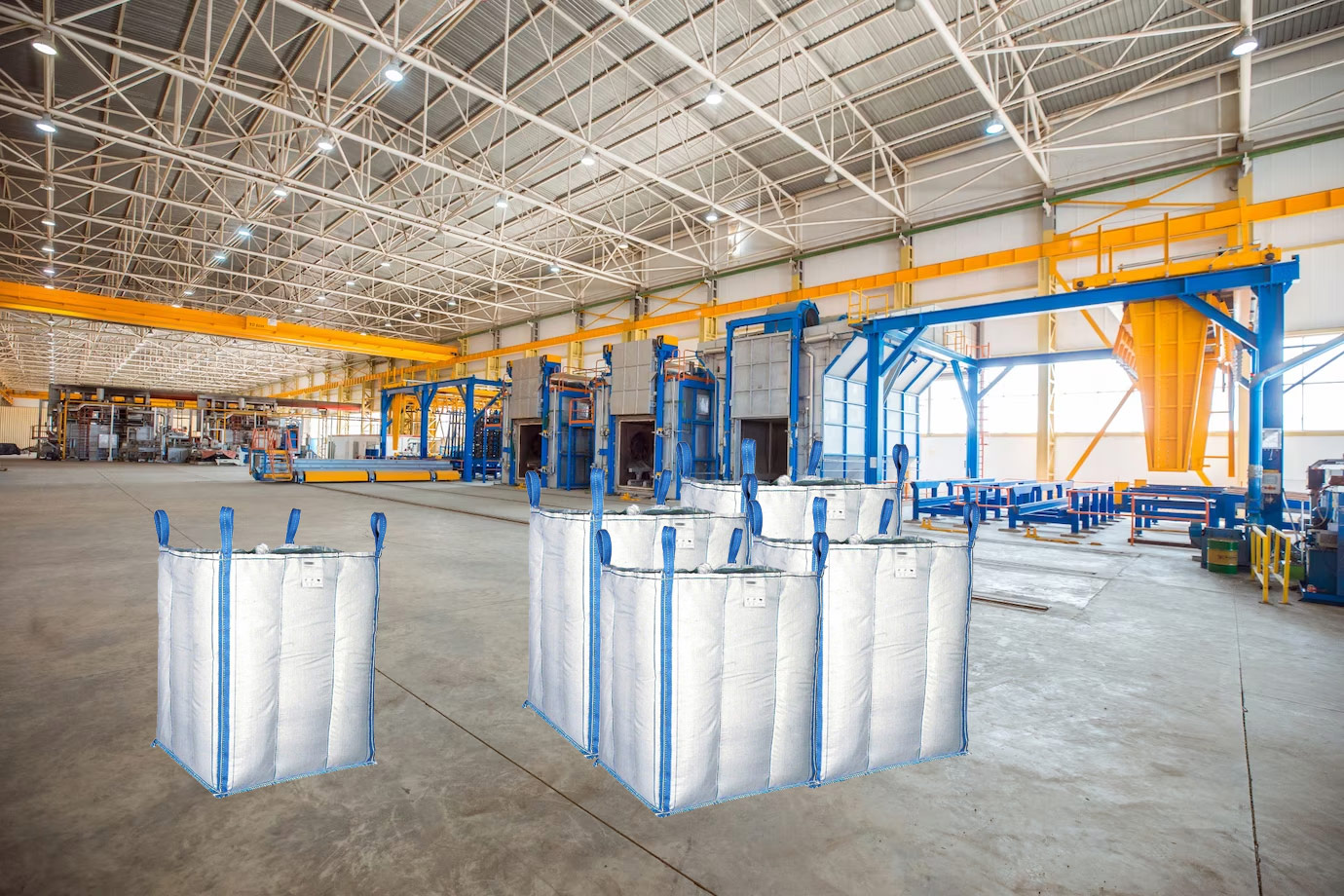FIBC Bulk Bag with Baffle Construction This type of bulk bag is designed with internal baffles that help maintain its shape and stability during transportation and storage. The baffle construction also allows for better weight distribution and increased stacking capacity.
Baffle FIBC Bag: These bags are commonly used in transporting and storing dry bulk goods such as grains, powders, and chemicals due to their durability and ability to maximize space utilization. They are also environmentally friendly, as they can be reused or recycled.
Baffle FIBC Bag Dustproof These features make them an ideal choice for industries that require bulk packaging solutions while minimising their carbon footprint. Additionally, the dust-proof design ensures that the products inside are protected from contamination during transportation and storage.
Various FIBC bag inlet and outlet closures are designed to provide easy access to the contents of the FIBC bags while maintaining their integrity. They include spouts, flaps, and zippers that can be cuscustomizedtomised based on the specific needs of the application. Four sides of the FIBC bag are multicolored printed This makes it easier to identify the contents of the bag and adds a level of branding or labeling for the company using it. Additionally, the multicolored printing can also serve as a warning or caution label for handling and transporting the bag.
These bags are commonly used for the transportation and storage of bulk materials such as sand, fertilizer, and grains. The multicolored printing helps to identify the contents of the bag, and the coated or uncoated fabric provides protection against moisture and other external factors. Coated fabric is more suitable for FIBC bags that will be used to transport products that are sensitive to moisture or other external factors, while uncoated fabric is more cost-effective and can be used for products that do not require as much protection. The choice between coated or uncoated fabric ultimately depends on the specific needs of the product being transported.


